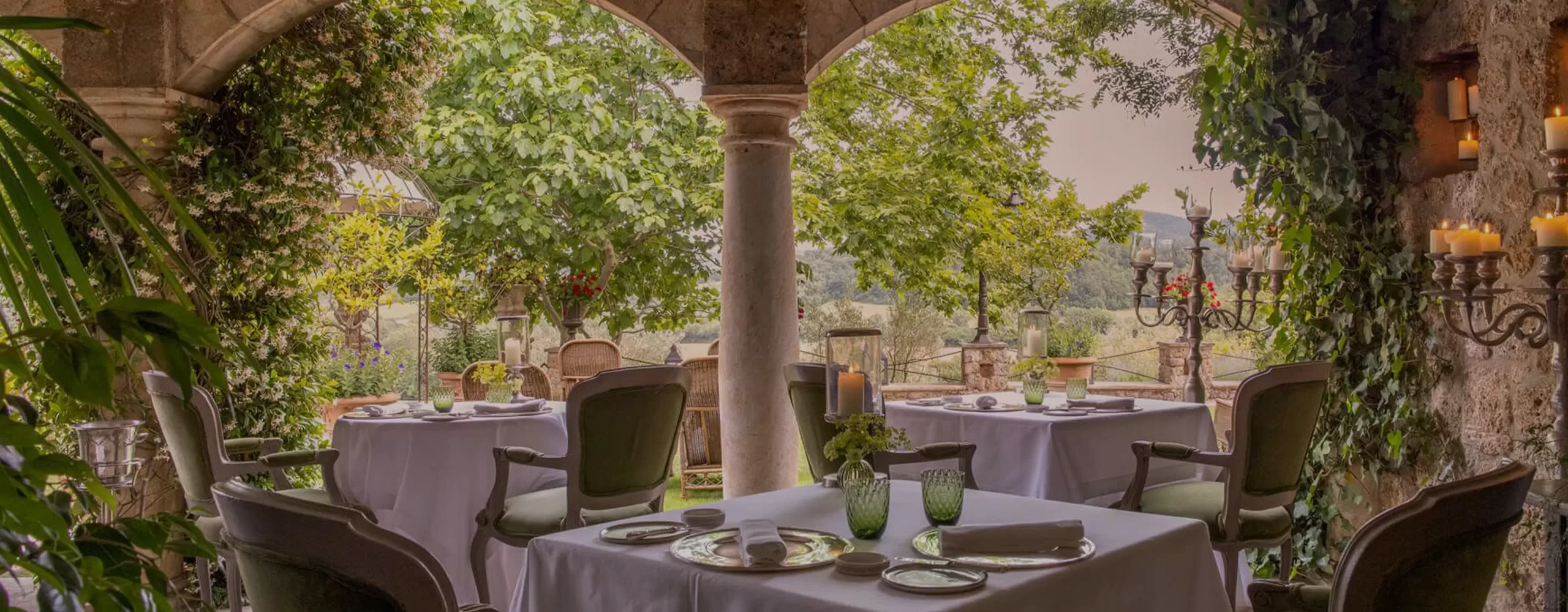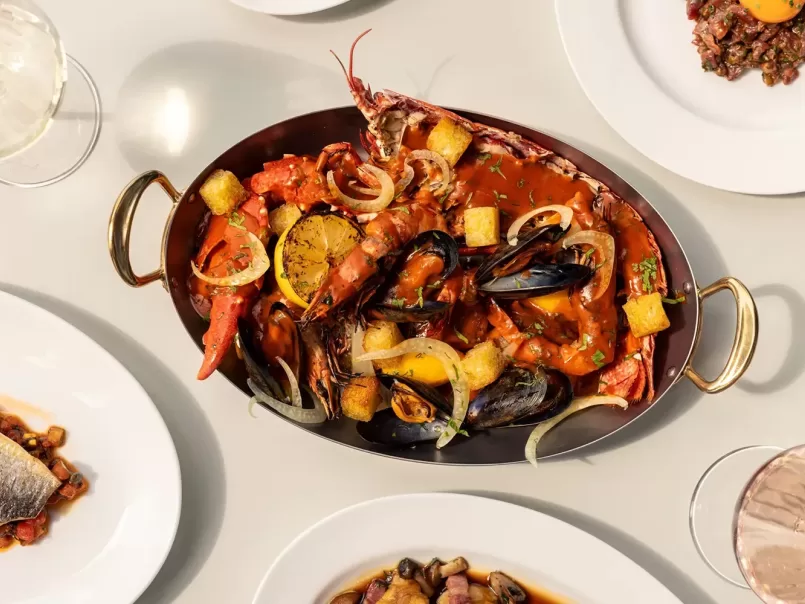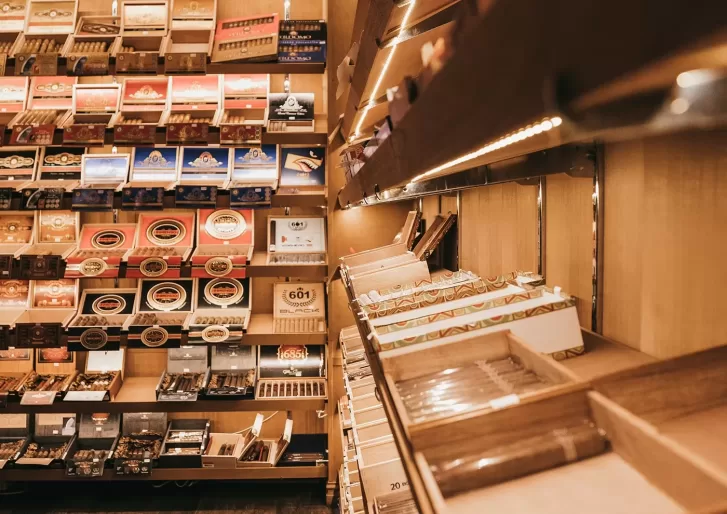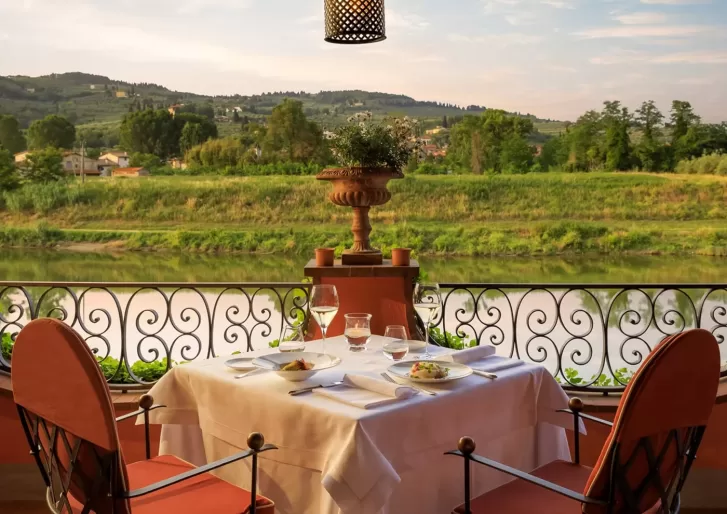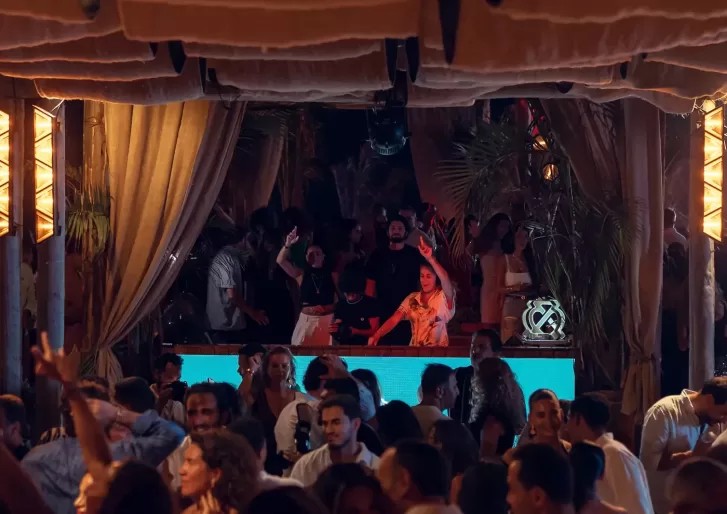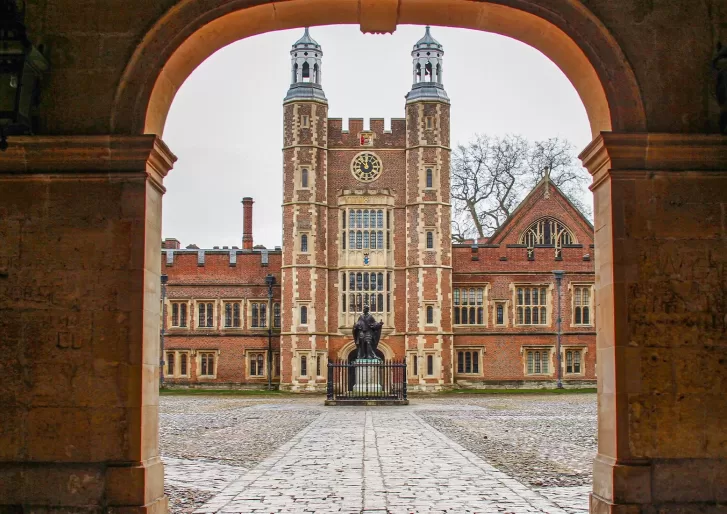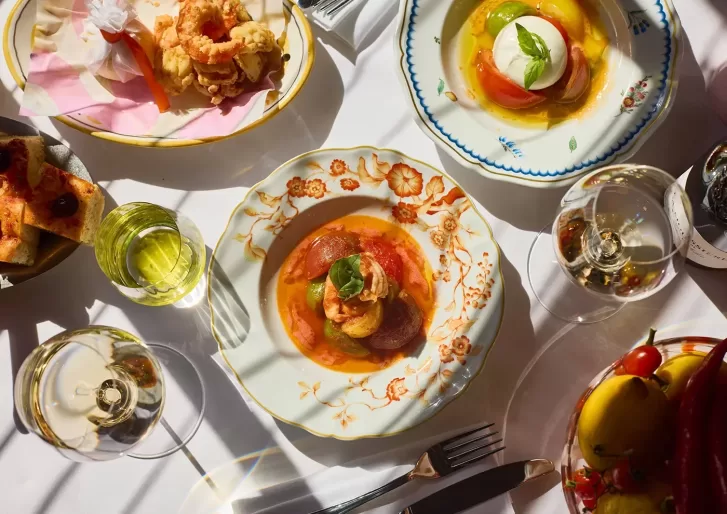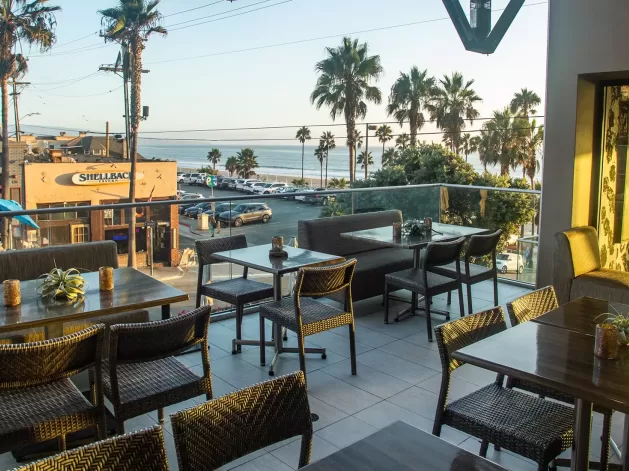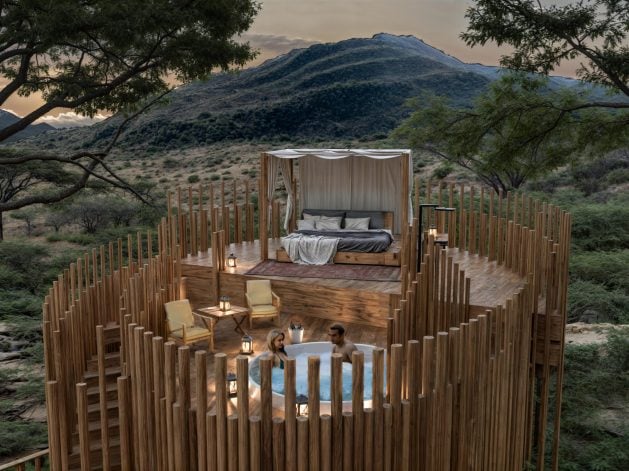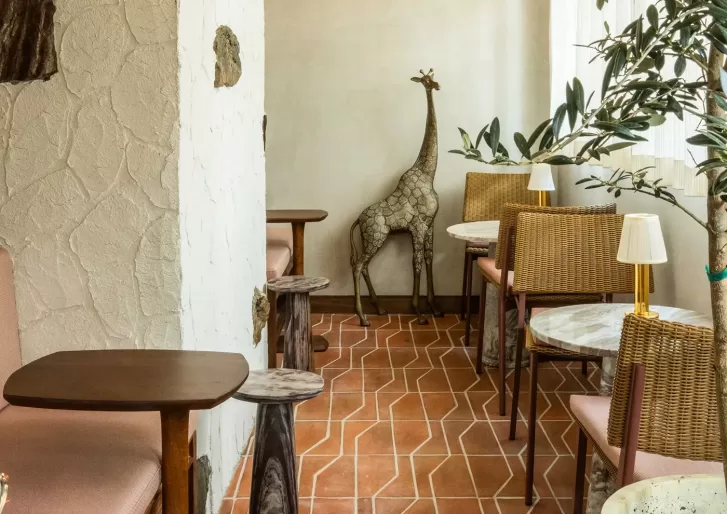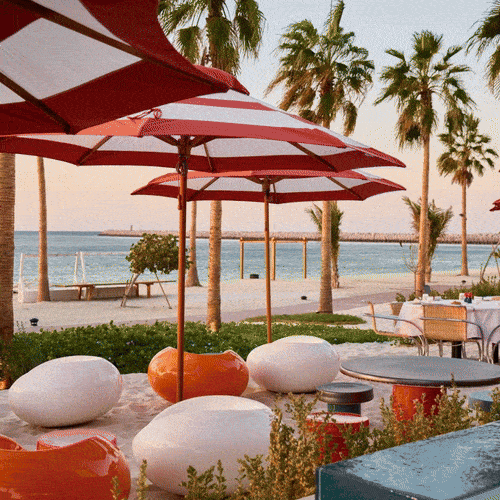From travel and restaurants to art and wellness, this is where you'll find the latest in luxury. Don't miss a beat – discover what's new and now.
No articles found
A cigar lover’s guide to Lyon
France is no stranger to cigars. But Lyon tells a different story – one where foodies fraternise with cigar connoisseurs.
Read moreA perfect day in Florence
From frescoes, palazzos, and duomos to spaghetti, bikinis, and Negronis, this is the perfect one-day itinerary for Florence.
Read moreLast month in luxury
Ever wondered what life is like as a Quintessentially member? Here’s an inside look into our world…
Read moreNew London restaurants
It’s here: our monthly digest of every new drinking and dining spot to have on your radar.
Read moreHow to apply to UK private schools from abroad
From assessments to admissions, our experts share advice for international families applying to UK schools.
Read moreLondon’s best Italian restaurants
Tuck into our top spots that bring a slice of la dolce vita straight to the table.
Read moreEditor's picks
Manhattan Beach’s best restaurants
Summer is in full swing in Los Angeles – and this list of Manhattan Beach’s best restaurants should keep you satiated all season long.
Read moreAfter-dark adventures: the rise of luxury noctourism
From stargazing on a superyacht to diving in bioluminescent bays, these are the luxury noctourism experiences to know about.
Read moreHudson Valley’s hottest new restaurants
Planning an escape to Upstate New York soon? These are the best new Hudson Valley restaurants worthy of a weekend getaway.
Read more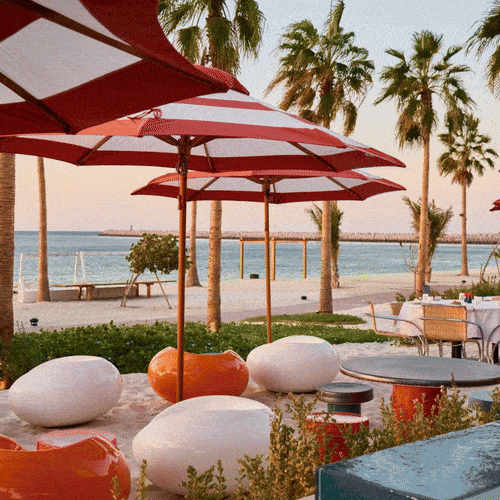
NOTED
Stay in the know with our monthly newsletter – a complimentary edit of everything new and noteworthy in the luxury world.
By signing up to the newsletter you confirm you have read & agree to the Privacy Policy.
